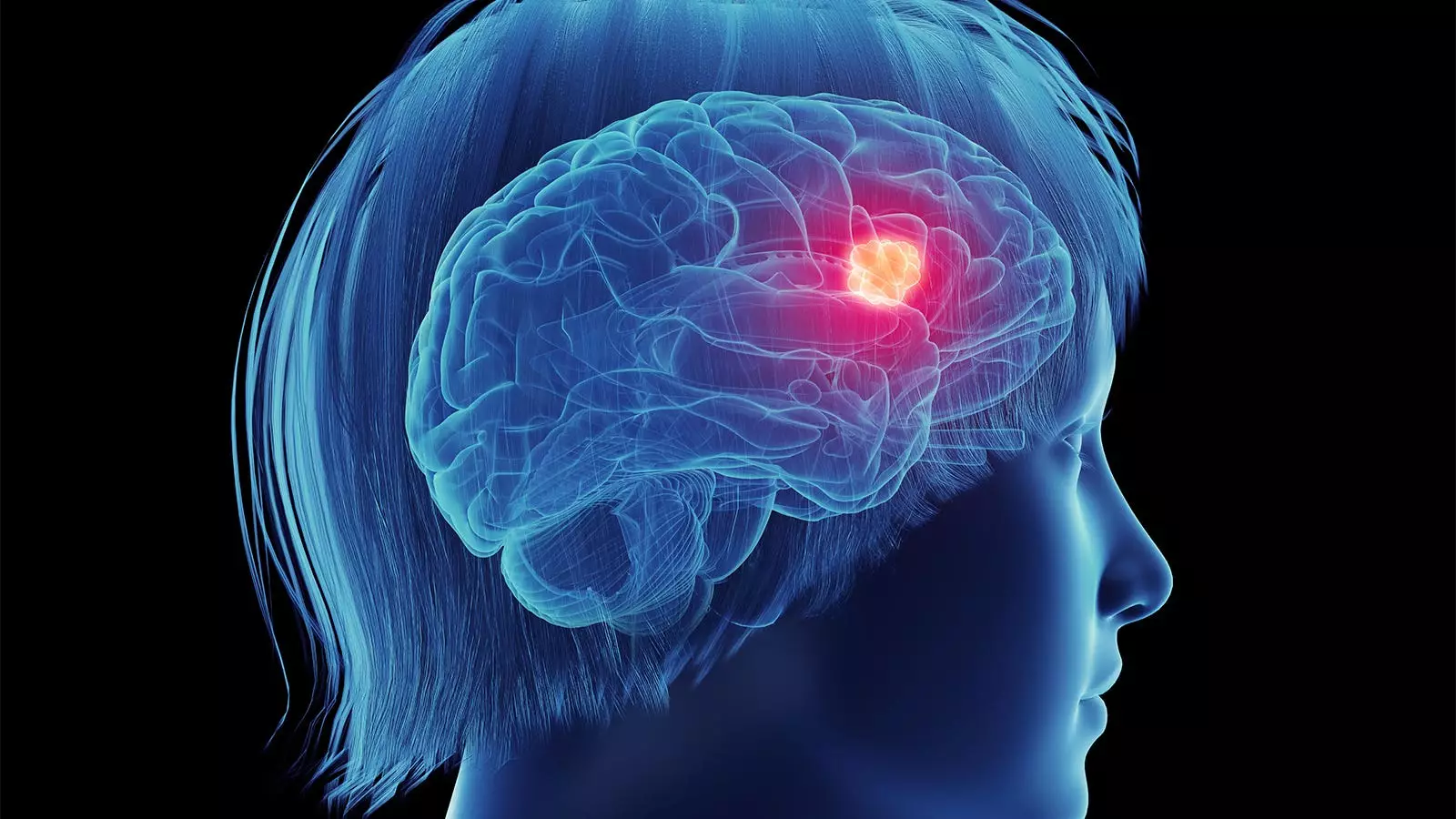The question of whether postmenopausal hormone therapy (HT) significantly impacts the risk of glioma remains a subject of intense scientific scrutiny. Despite a comprehensive retrospective analysis involving 75,335 women, researchers have found no definitive evidence to substantiate an increased risk of glioma among those who underwent HT. This lack of correlation continues to raise questions about the discrepancies in glioma incidence rates between men and women, paving the way for more focused future studies.
Conducted by Dr. Hui Tang and colleagues from North Sichuan Medical College, the study presented a nuanced look into the potential link between hormone therapy and glioma risk. The results indicated a non-significant 16% increase in the hazard ratio for glioma among users of HT, a finding that, while suggestive, fails to provide robust evidence for a causal link. Notably, additional analyses that differentiated between current and former HT users, as well as varying durations of HT use, yielded no significant associations with glioma risk.
Moreover, an extensive subgroup analysis hinted at a potential positive correlation with glioma risk for college-educated women. However, the interaction effect concerning education did not reach statistical significance, highlighting yet another layer of complexity in interpreting the results.
The authors of the study note that previous investigations typically yielded inconsistent outcomes. They attributed this lack of uniformity to two primary factors: potential recall bias in retrospective studies and the failure to differentiate between various components of HT. These variables challenge the reliability of past findings and call for a more systematic approach in future research endeavors.
The conclusions drawn by Tang and his team assert that the current data provides insufficient evidence to claim a significant association between HT and glioma risk. They advocate for larger, prospective studies employing more rigorous methodologies and extended follow-up periods to gain clearer insights, particularly concerning the specifics of HT components and their cumulative duration of use.
Dr. Stephanie Faubion from the Mayo Clinic emphasizes the need to broaden the scope of research, indicating that gliomas are relatively rare brain tumors and suggesting that the focus should shift towards more prevalent malignancies, such as meningiomas, which disproportionately affect women. Faubion’s perspective reflects a growing sentiment in the scientific community: the complexities of brain tumor pathology may warrant an examination of a broader array of factors beyond hormonal influences.
Faubion contends that while estrogen could contribute to the observed sex disparities in glioma incidence, it is overly simplistic to attribute this phenomenon solely to hormonal variations. A deeper exploration into the multifactorial nature of diseases that exhibit sex-based differences is crucial for developing a more comprehensive understanding of the underlying mechanisms.
The investigation utilized data gathered from the Prostate, Lung, Colorectal, and Ovarian Cancer Screening Trial (PLCO), encompassing a diverse demographic of women aged 50-78 who were enrolled between 1993 and 2001. The sample included 66,777 white participants and smaller subgroups of other ethnic backgrounds. Among them, 50,019 reported HT usage, with the study identifying 101 participants diagnosed with glioma during a median follow-up of nearly 12 years.
Despite various statistical adjustments to account for confounding factors such as marital status, education level, and medical history, the association between HT use and glioma remained weak and statistically insignificant. Noteworthy, a peculiar finding emerged regarding college-educated women, where an adjusted hazard ratio of 3.00 suggested a potential risk that also fell short of significance.
The ongoing investigation into the links between postmenopausal hormone therapy and glioma risk underscores the necessity for more nuanced and detailed research in this specialized field. While the current large-scale retrospective study provides valuable data, it also highlights the inherent complexities of sex-based differences in health outcomes.
As experts such as Faubion assert, understanding the biological, social, and environmental factors that influence disease incidence is essential. Future research should not only seek to clarify the existing ambiguities surrounding hormone therapy and glioma but also expand the conversation to analyze the broader implications of these findings on women’s health and cancer research as a whole. Unraveling these complexities will ultimately contribute to more personalized and effective healthcare strategies for women navigating the intricate domains of hormone therapy and associated risks.


Leave a Reply